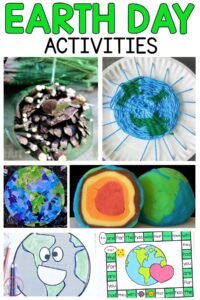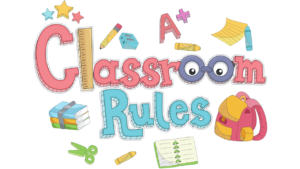Teaching children about sizes is an essential early childhood concept that helps develop their understanding of relative dimensions and spatial relationships. Here are some strategies and activities to teach sizes to kids:
**1. Introduce Basic Concepts:
- Begin by introducing basic size concepts such as big and small. Use real-world examples and objects to demonstrate the difference.
**2. Size Sorting:
- Provide a variety of objects of different sizes and encourage children to sort them. This can be done using hands-on activities like sorting blocks, toys, or everyday items.
**3. Comparisons:
- Use comparative language to describe sizes. For example, say “taller than” or “shorter than” when talking about people or objects.
**4. Visual Aids:
- Use visual aids such as charts, flashcards, or posters to depict different sizes. Include illustrations or real images to make the concept more concrete.
**5. Size Vocabulary:
- Teach children size-related vocabulary such as big, small, tall, short, long, short, wide, narrow, etc. Incorporate these words into everyday conversations.
**6. Size Sequencing:
- Create activities where children can sequence objects by size. This can be done with objects, pictures, or drawings.
**7. Storytelling with Sizes:
- Incorporate size concepts into storytelling. Use characters and objects of different sizes in stories, and ask questions related to size during or after the story.
**8. Hands-On Activities:
- Engage children in hands-on activities like building with blocks of various sizes or arranging objects from smallest to largest.
**9. Outdoor Exploration:
- Take learning outdoors. Explore the sizes of leaves, rocks, or natural elements. Ask children to find objects that are bigger or smaller.
**10. Size Comparison Games: – Play games where children have to compare the sizes of different objects or even themselves. For example, “Who can find the biggest leaf?”
**11. Size Sorting Worksheets: – Use printable worksheets that involve sorting objects by size. Children can cut and paste images or draw their own to demonstrate understanding.
**12. Art and Craft Activities: – Incorporate size concepts into art and craft activities. For example, create collages using objects or pictures of different sizes.
**13. Body Movements: – Use body movements to teach size concepts. Ask children to stretch their arms wide to show something large or bring their hands close together to demonstrate something small.
**14. Size Comparison Books: – Use books that focus on size comparison. These books often have engaging illustrations and stories that emphasize the concept.
**15. Size Matching Games: – Create matching games where children pair objects that are the same size. This can be done using cards or images.
Remember to keep the activities age-appropriate, engaging, and interactive. Incorporating size concepts into various aspects of a child’s environment and daily activities helps reinforce their understanding of sizes in a meaningful way.




